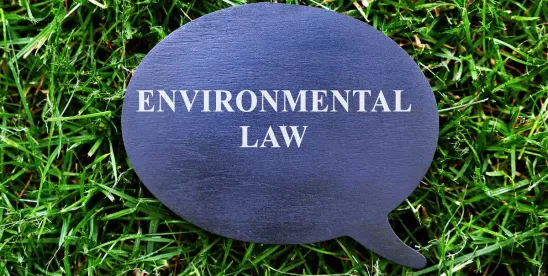The U.S. Environmental Protection Agency (EPA), under Administrator Lee Zeldin, has unveiled its anticipated strategy for addressing the pervasive issue of per- and polyfluoroalkyl substances (PFAS), often referred to as “forever chemicals.” While the announcement provides a broad framework, specific details (particularly regarding potential changes to previous rulemakings under CERCLA and the Safe Drinking Water Act) remain unclear. The EPA’s strategy is built upon three core pillars: strengthening the underlying science; fulfilling statutory obligations and improving communication; and actively building partnerships with stakeholders. However, Administrator Zeldin’s approach largely echoes the core principles outlined in the EPA’s 2021 PFAS Strategic Roadmap, indicating a degree of continuity in the federal government’s focus on these persistent chemicals.
Under the “Strengthening the Science” pillar, the EPA plans to appoint a dedicated lead for PFAS efforts, implement a comprehensive testing strategy under the Toxic Substances Control Act (TSCA) to seek scientific information informed by hazard characteristics and exposure pathways, and increase efforts to collect air related PFAS data and improve measurement techniques. The agency will also work to identify and address information gaps and provide more frequent, annual updates to the PFAS Destruction and Disposal Guidance.
The “Fulfilling Statutory Obligations and Enhancing Communication” pillar outlines the EPA’s commitment to developing effluent limitations guidelines for PFAS manufacturers and metal finishers, addressing challenges with national primary drinking water regulations, and leveraging RCRA authorities to tackle releases from manufacturing operations. The EPA will also add PFAS to the Toxic Release Inventory (an existing direction from Congress), enforce existing Clean Water Act and TSCA limitations, and utilize Safe Drinking Water Act authority to address immediate endangerment. Prioritizing risk-based review of chemicals and implementing TSCA Section 8(a)(7) to collect information “efficiently” are also key aspects. Finally, Zeldin intends to work with Congress and industry to establish a “polluter pays” liability framework, with a reference to protecting “passive receivers.”
Finally, the “Building Partnerships” pillar emphasizes collaboration to advance remediation and cleanup efforts, working with states on risk assessment and tool development, and reviewing comments and determining the path forward regarding PFAS in biosolids risk assessment. The EPA will also aid states and tribes on enforcement, review state air petitions, and support investigations to hold violators accountable.
Although substantially reflective of some Biden-era initiatives, Zeldin’s plan introduces differences, such as an increased emphasis on air emissions and a single agency-wide PFAS lead instead of a council. The reference to TSCA Section 8(a)(7) also suggests potential amendments to the PFAS reporting rule. This initial announcement is presented as the first step, with further actions expected, highlighting Zeldin’s stated commitment to addressing PFAS.





 />i
/>i

